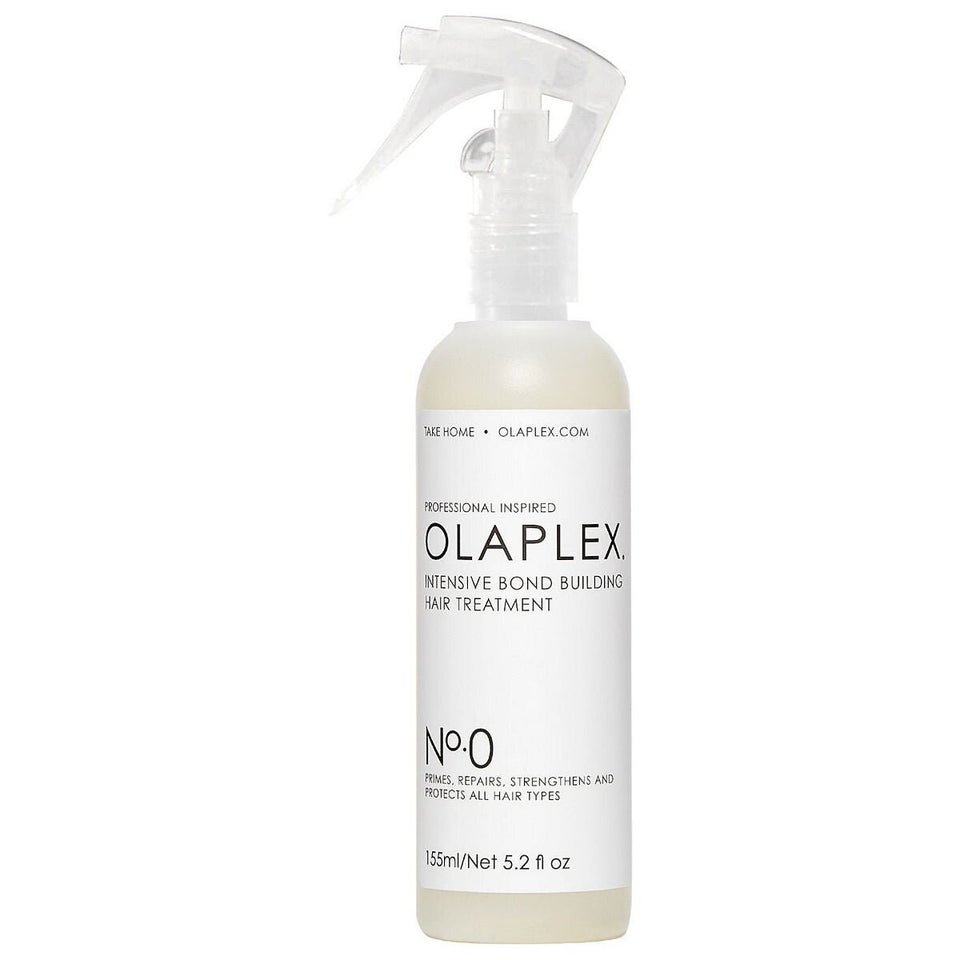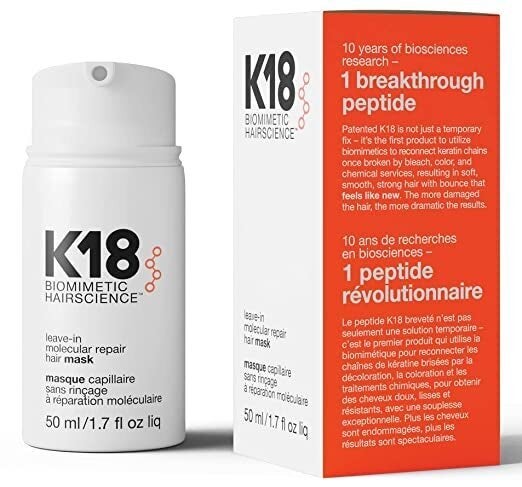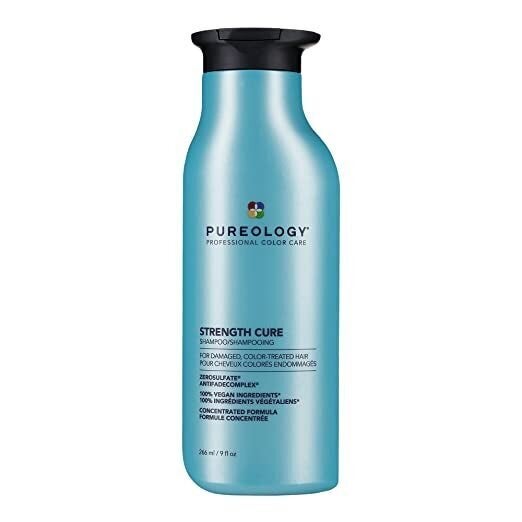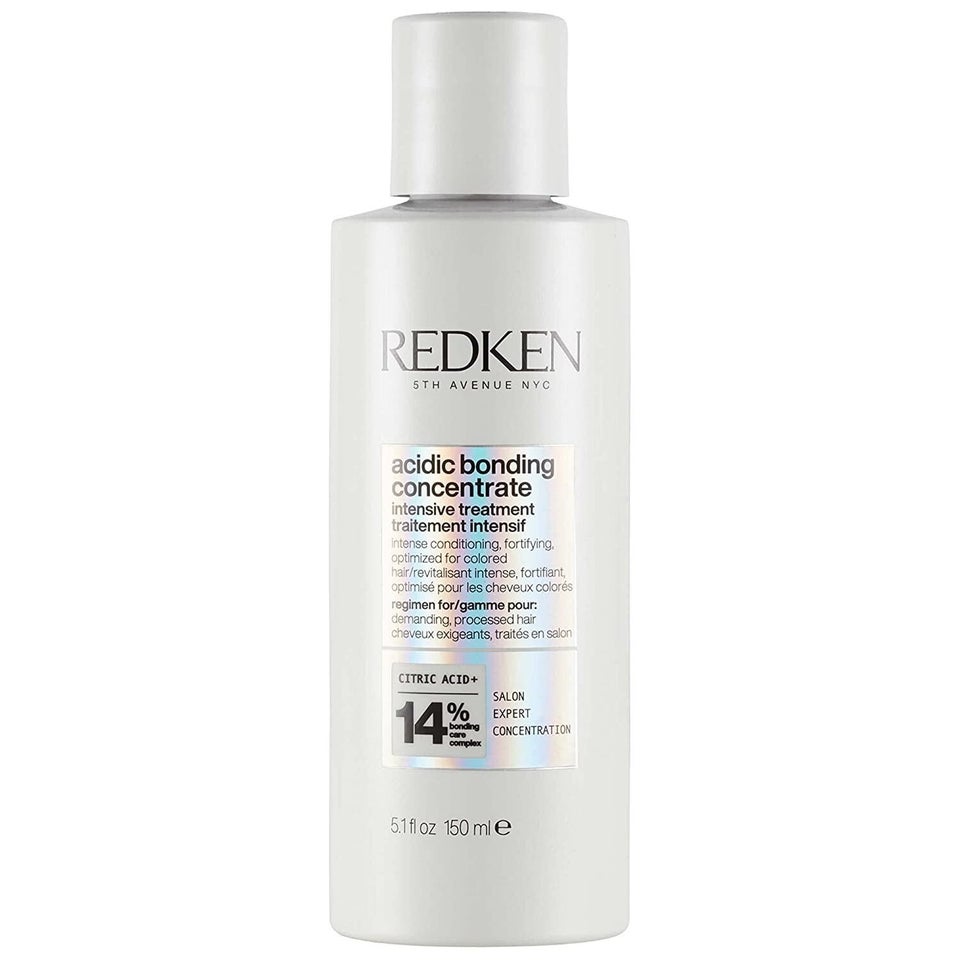Experts explain the “why” behind the big claims of this new type of hair repair.
For frizz-smoothing and shine-inducing, products that label themselves as “bond builders” are becoming increasingly popular. But do these products work, and are they more effective at helping your dry, damaged locks? While anyone who follows #hairtok knows all about the love-hate relationship of many influencers (and investors) with Olaplex, the category dominator, there are plenty of other products out there to consider, too.
Experts: This Stuff Works
The experts we talked to were big fans of the concept in general. “These bond or chain repair products have been a game changer in our industry,” said colorist Tina Deeke from Chicago’s Maxine Salon. “We’ve been able to protect hair while coloring or performing other chemical services. Bonders help strengthen and add shine. They have lasting results, especially if you continue using them at home after leaving the salon.”
“Bond building is a relatively new category in hair care, but it’s quickly become one of the most popular,” said Cassie Siskovic, U.S. national artistic director for Alfaparf Milano Professional. “The results are pretty much immediate, and I think that instant difference is what’s helped make this such a popular category in hair care.”
“Bond repair treatments are the new way to take your hair back to healthier, younger days,” said hairstylist Bradley Leake.
How It Works
According to stylist Jamie Wiley, there are three separate things these products do to give your hair a boost. “First, they stabilize the protein chain in the horizontal disulfide bond of hair, which can be broken any time hair is damaged,” she said. “Then, they actively build the hydrogen bond, which is responsible for holding texture and shape. Finally, they strengthen salt bonds, which are responsible for balancing the acidity and alkalinity in the hair.”
“They’re supposed to strengthen the bonds in your hair by providing a more advanced, intensive treatment with amino acids,” said Dr. Nicole Negbenebor, a dermatologist. “The hope is that these amino acids would be able to reach the cortex of the hair and lead to strengthening of the hair shaft.”
What Kind Of Hair It Can Help
“These products may be best for patients experiencing dry hair with breakage,” Negbenebor said. “Some patients may need to use it if their hair seems more fragile, especially if they have had a history of chemical processing.”
“Bond builders work on all textures, but I see the biggest difference in my clients with wavy or curly textures,” colorist Ashleigh Marie Rancilio said. “When textured hair is repaired and hydrated with these products, the curl pattern is bouncier and less frizzy.”
Wondering if this is something you need? Do an at-home elasticity test to see if there’s been bond breakage. “Pick out one strand of damp hair, take it between your index finger and thumb, and position your hand about 1 inch away from the ends,” Siskovic said. “Take your other hand and place it about 3 inches above, also between your pointer and index finger. Stretch the strand. If it snaps, your hair probably has some broken bonds. If it doesn’t snap and just stretches a bit, then your hair more than likely has strong bonds.”
The Best Bond-Building Hair Products
The brand most often mentioned by experts was Olaplex, but there are plenty of others that earned their praise. As you’re shopping, consider looking for something that contains citric acid. “That’s going to boost your shine and will make your hair feel softer,” said stylist Takisha Sturdivant-Drew.
Negbenebor had more shopping advice: “Look for products that also have other healthy ingredients in them. But if you’re allergic to fragrance, you’ll want to avoid anything with fragrance, as this could cause allergic contact dermatitis.”
If you do buy some bond builder, using it regularly is important. “Every brand and product is going to be a little bit different, but I do know a lot of the technology encourages consistent use,” Siskovic said. “This may mean using it once a month, or every time you wash or every day. Check with the brand instructions or your stylist to make sure you’re aligned on how often you should use it.”
HuffPost may receive a share from purchases made via links on this page. Every item is independently selected by the HuffPost Shopping team. Prices and availability are subject to change.
“In general, it appears that popular brands such as Olaplex lead to at least temporary improvement of hair strengthening,” said Dr. Nicole Negbenebor, a dermatologist.
“I’ve had Olaplex in my toolbox for years,” said colorist Tina Deeke.
Credit: Source link



